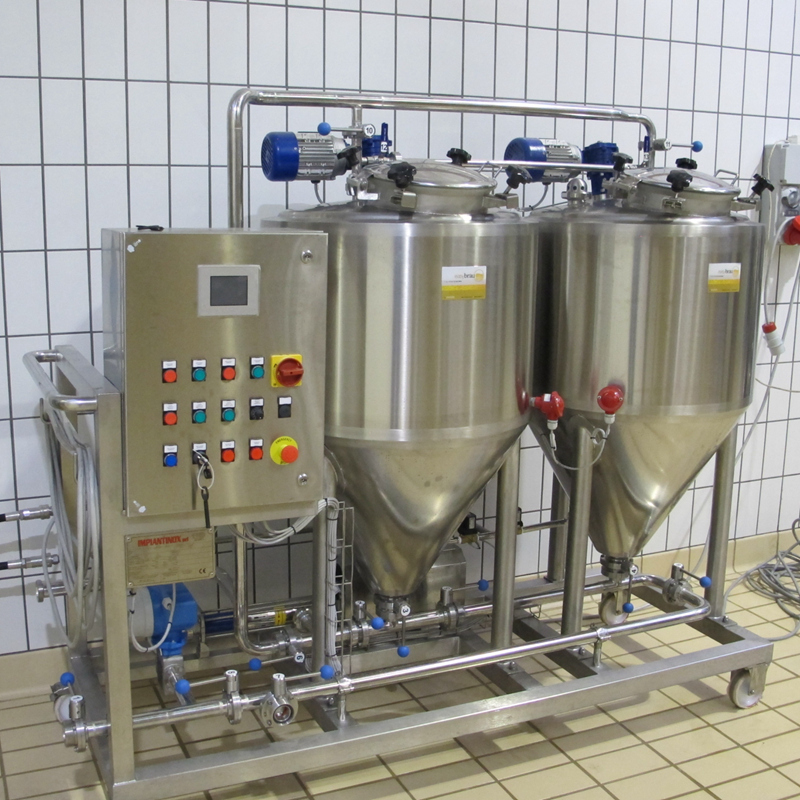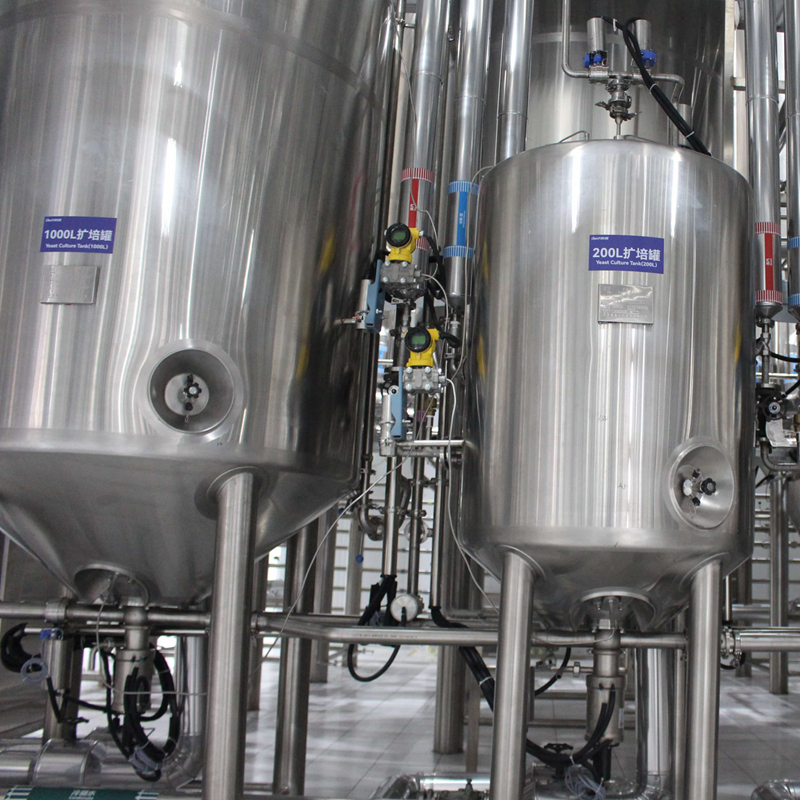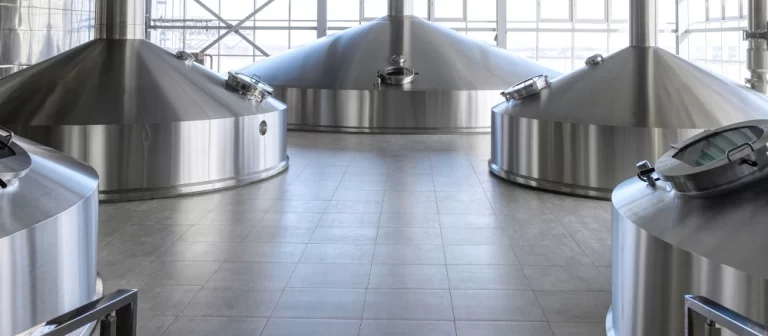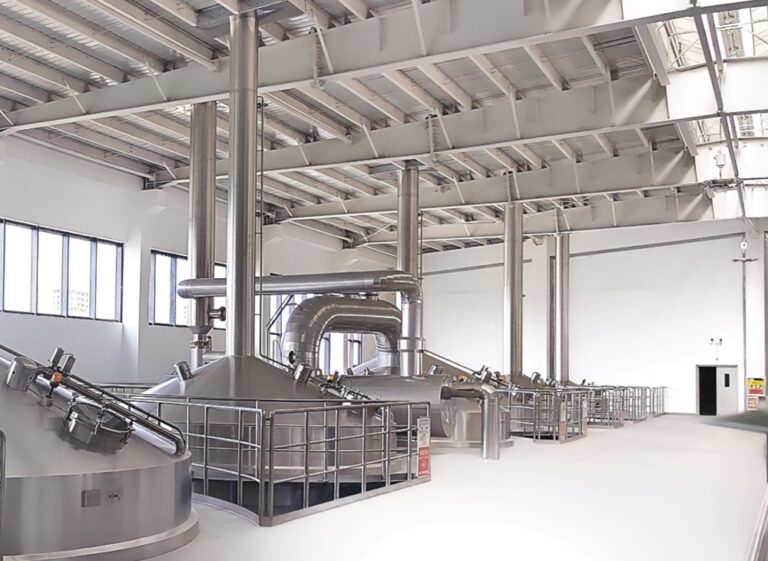In the craft brewing industry, quality and efficiency are critical. Brewers are always exploring innovative approaches to enhance product consistency and streamline production. In recent years, yeast recovery and propagation have emerged as a widely adopted strategy. This method allows breweries to cut costs, achieve greater product uniformity, and support sustainable operations. This article examines the procedures involved in yeast recovery and propagation, their advantages, and the reasons they are now integral to contemporary brewing.


The Function of Yeast in Brewing
Yeast plays a central role in brewing by driving the fermentation process. It consumes sugars present in the wort, converting them into alcohol and carbon dioxide. The strain and condition of the yeast directly influence key beer attributes—such as flavor, aroma, and mouthfeel—making yeast selection a decisive factor in defining a beer’s style.
Although many breweries introduce a fresh yeast pitch for every batch, the recurring cost of purchasing yeast can be substantial, particularly at larger scales. Yeast recovery and propagation address this by allowing brewers to reuse yeast from prior fermentations and cultivate it to the volume required, thereby lowering expenses and boosting operational efficiency.
Yeast Recovery Procedure
Yeast recovery involves collecting yeast after fermentation, cleaning it, and storing it for later use. This not only minimizes waste but also supports brewing consistency. The process generally includes the following stages:
-
Harvesting: After fermentation, yeast settles at the bottom of the fermenter. It is then carefully extracted, often using specialized harvesting equipment.
-
Washing: The harvested yeast is rinsed to eliminate leftover beer, hop residues, and other impurities, typically through centrifugation or similar methods.
-
Storage: Cleaned yeast is stored in sanitized, temperature-controlled containers to preserve its viability.
-
Quality Assurance: Before reuse, yeast health is evaluated through viability tests and cell counts to ensure it meets fermentation standards.
Yeast Propagation
Propagation expands a small yeast sample into a volume sufficient for pitching into new wort. This controlled growth phase ensures an adequate, healthy yeast supply for consistent fermentation.
Key steps include:
-
Inoculation: A small quantity of viable yeast is introduced into a propagation vessel with nutrient-rich wort.
-
Growth Phase: Under controlled aeration and temperature, the yeast multiplies.
-
Harvesting for Brewing: Once the target volume is reached, the yeast is collected and pitched into the main fermentation vessel.
-
Quality Checks: Throughout propagation, yeast health and cell density are monitored to maintain quality.
Advantages of Yeast Recovery and Propagation
- Cost Reduction: Lowered dependence on frequently purchasing new yeast.
- Consistency: Reusing reliable yeast strains promotes uniform fermentation and flavor.
- Sustainability: Reduces waste and resource use associated with yeast production and shipping.
- Efficiency: Healthy, propagated yeast ferments more predictably, shortening turnaround times.
Potential Challenges
1. Viability Loss: Yeast may weaken over successive generations without proper care.
2. Contamination: Strict hygiene is essential to avoid microbial contamination.
3. Resource Allocation: Propagation requires dedicated equipment and space.
4. Labor and Time: The process demands attention to detail, though automation can help.
Conclusion
Yeast recovery and propagation are now standard in efficient, sustainable brewing. By reusing and cultivating yeast, breweries can save money, improve product consistency, and support eco-friendly operations. While implementation requires careful management, the long-term benefits make it a valuable practice for breweries of all sizes.
As the industry continues to prioritize efficiency and sustainability, yeast management will remain a cornerstone of successful brewing. With the right techniques and equipment, breweries can achieve lasting quality and productivity.
Interested in optimizing your brewery operations?
Tiantai Beer Equipment Company not only supplies high-quality brewing systems for exceptional beer production but also helps configure your setup for maximum uptime, minimized loss, and improved output.
Contact us today to find out how we can support your brewing success!
Hubert
Email: [email protected]

